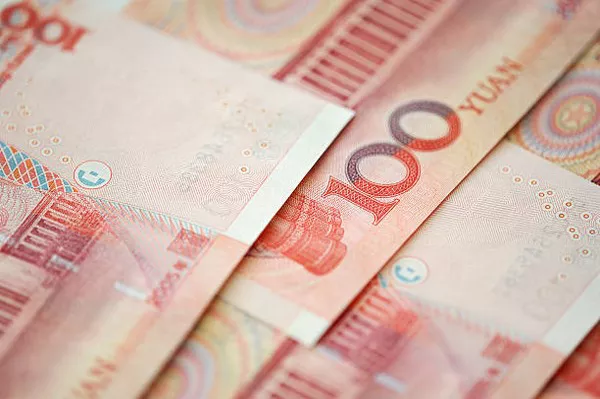On June 4, 2025, the People’s Bank of China (PBOC) introduced a series of targeted monetary measures aimed at stabilizing the country’s struggling real estate sector, which has been a drag on economic growth since 2021. The central bank announced a 50-basis-point cut in the reserve requirement ratio (RRR) for banks that increase lending to property developers and homebuyers, injecting approximately 1 trillion yuan ($140 billion) of liquidity into the financial system.
The property market, which once accounted for nearly 30% of China’s GDP, has faced a prolonged downturn following the collapse of major developers like Evergrande and Country Garden. Despite previous stimulus efforts, housing sales and construction activity have remained sluggish, weighing on consumer confidence and local government revenues. The PBOC’s latest policy shift aims to ease financing constraints for developers while lowering mortgage rates to stimulate demand among homebuyers.
In addition to the RRR cut, the central bank unveiled a new 500-billion-yuan relending facility specifically designed to support the completion of pre-sold but unfinished homes—a critical issue that has left millions of buyers waiting for properties they purchased years ago. The PBOC emphasized that this measure prioritizes protecting homebuyers’ interests while preventing systemic financial risks.
Economists have welcomed the move but caution that structural issues in China’s property sector, such as oversupply in lower-tier cities and high household debt levels, may limit the policy’s effectiveness. Some analysts also warn that excessive liquidity injections could exacerbate bad debt risks in the banking sector. However, the PBOC reassured markets that it would maintain a balanced approach, avoiding large-scale stimulus that could lead to asset bubbles.
The policy announcement follows recent data showing China’s GDP growth slowing to 4.2% year-on-year in the first quarter of 2025, below the government’s annual target of 5%. With the property crisis and weak external demand continuing to pose challenges, the central bank’s actions reflect Beijing’s growing urgency to stabilize the economy without resorting to the debt-fueled growth model of the past.
As the PBOC navigates these complex dynamics, its ability to restore confidence in the property market will be crucial for China’s broader economic recovery. The success of these measures could determine whether the world’s second-largest economy can achieve a soft landing or faces further turbulence in the years ahead.
You Might Be Interested In:


